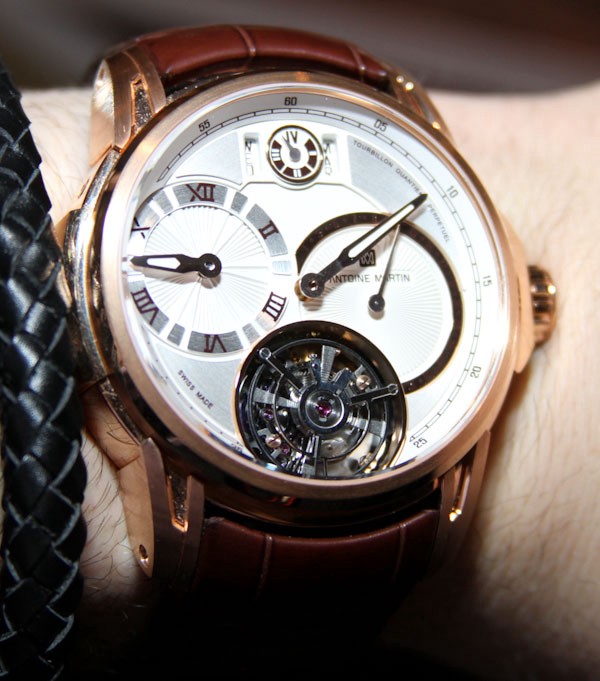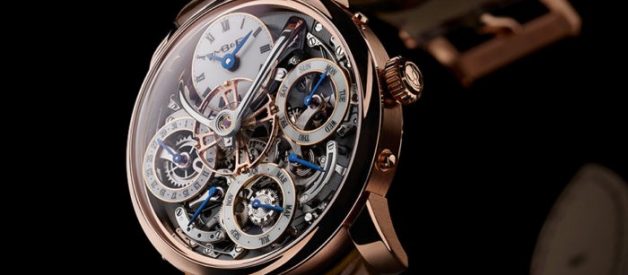Perpetual calendar watches are a mechanical marvel!
Would you rather watch a summary of this article? Check out the video below:
Before purchasing a calendar watch it is important to understand the difference between annual watches and perpetual watches. While they both serve a similar purpose in providing the day of the year, there are major differences between the two. Annual watches, as the name would suggest, need to be manually set every year [annually]. Perpetual watches, on the other hand, do not. In fact, most perpetual calendar watches do not need to be adjusted until 2100. There has even been a perpetual calendar watch movement developed that will not have to be updated until 2499!
To help bring a perspective of just how complex these watches are, one must grasp the extent of the inner workings. [bctt tweet=?Hundreds of tiny precision milled gears must work in sync to perpetually count days of each month? username=?luxurybazaar?]. These gears must be arranged in such a manner that they can recognize leap years and short months (e.g. February, 28 days). By stacking the gears in a specific order, using exact sizes, watchmakers are able to give the watch a sort of mechanical intelligence, without the use of any computer.
The technical term for these additional functions that exist in addition to telling time is called watch complications. In horology, a watch complication refers to any function that exists in addition to telling time (displaying hours, minutes and seconds) on a timepiece. Such complications make the process of building a watch much more complex. Watches with several complications are referred to as ?grandes complications?.
Traditional and modern perpetual calendar watches
Perpetual calendar watches historically have had a number of drawbacks. The traditional perpetual calendar would sometimes skip dates or gears would get jammed up. It?s mechanisms use a 31-day month as the default. For months with less than 31-days, the watch would fast-forward through the redundant dates during changeover ? when the watch is changing from Feb. 28 to March 1 it scrolls quickly through the 29th, 30th and 31st to arrive at the 1st.
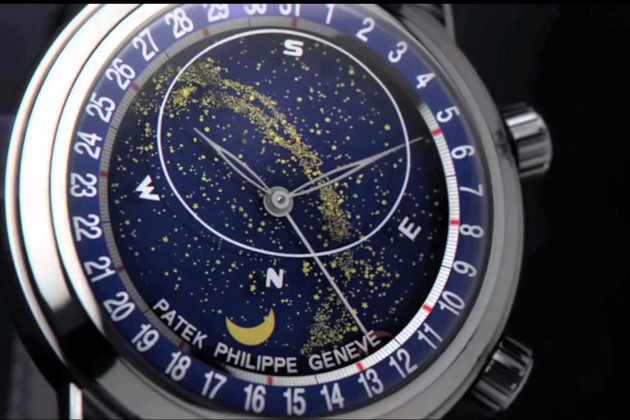
About 10 years ago, Max B?sser decided to re-invent the perpetual calendar technology. The first major overhaul was designing the internals with a ?mechanical processor? rather than the bulky conventional grand levier (big lever) system architecture. B?sser?s mechanical processor utilizes a 28-day default month and adds extra days when required rather than fast-forwarding through redundant dates.
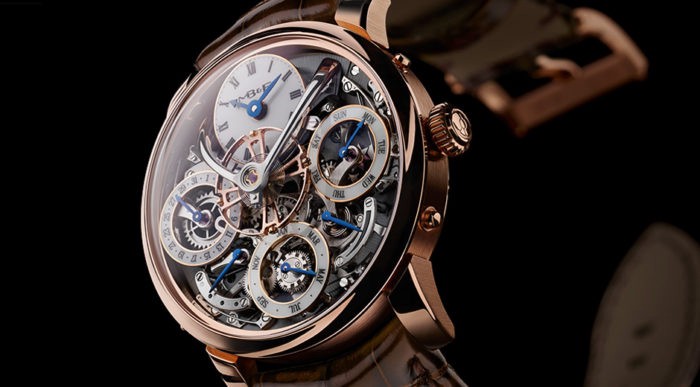
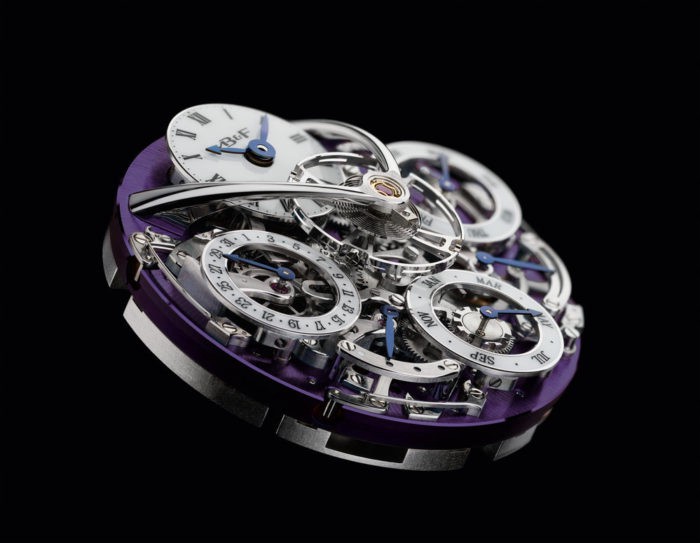
Understanding Why Perpetual Calendar Watches are so expensive
When it comes to the price tag on perpetual watches, expect a big one. For example, the MB&F Legacy Machine Perpetual boasts a price tag of $145,000 in rose gold, $176,000 in platinum. But why is this watch so expensive?
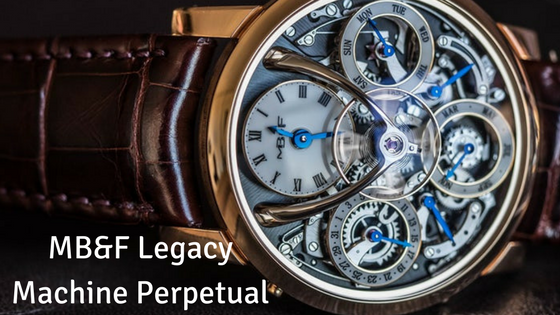
[bctt tweet=?Watches like the Patek Philippe?s Sky Moon Tourbillon are extremely complex. Featuring 12 complications on two dials, front & back, it continues the astronomical tradition. The front displays a perpetual calendar and a chart of the stars on the front dial. The back indicates the meridian passage of Sirius and the moon against the backdrop of a celestial chart. As for price tag, the Sky Moon Tourbillion Celestial Minute Repeater watch goes for a cool $1,977,500.00.? username=?luxurybazaar?]
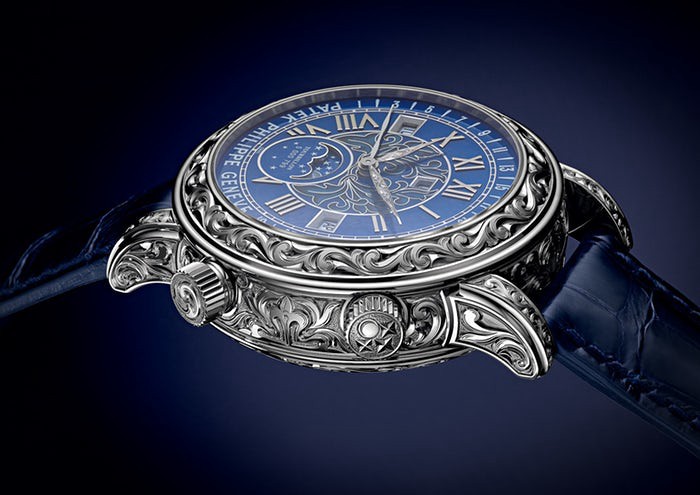
Consisting of 69 parts, the 5002 Sky Moon Tourbillon weighs a total of just 0.3 grams. Through rigorous chronometry testing, its fluctuations set not to exceed -2 and +1 seconds per day. This watch is one of only two made.
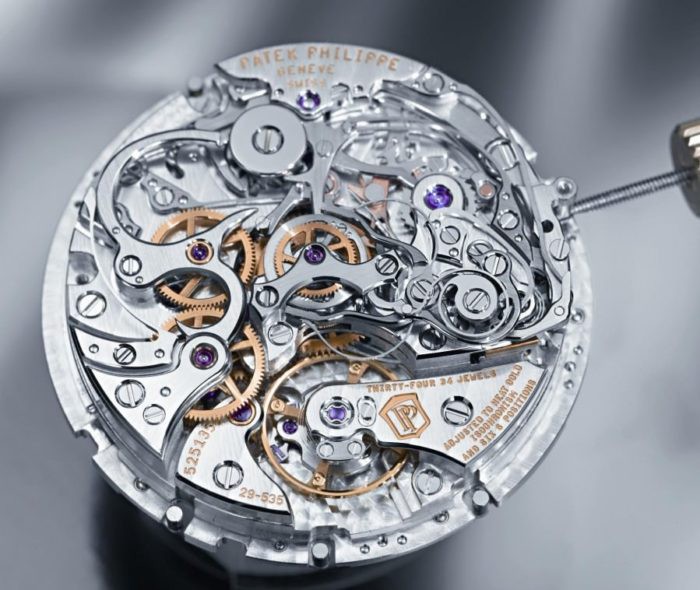
In general, you can expect to spend $30,000 or more on a perpetual calendar watch. There are a few models under this price point like the Da Vinci, the Portuguese and the Ingenious Digital Date-Month. Seeing as perpetual watches will outlive the original owner, many are purchased for use as family heirlooms.
How perpetual calendar watches work
Inside your perpetual calendar watch hides a plethora of gears. Some of these gears turn multiple times per second, others only once every four years or more. Most perpetual calendar watches have separate mechanisms for the date, month, day, etc. [bctt tweet=?Using ridges, gaps and dents on the gears, the watch is able to know the different days of the year.? username=?luxurybazaar?] The perpetual watch typically shows a lunar cycle that is every 29.5 days or so. Some watchmakers treat the lunar cycle as 59 days to help get around the added complexities of a 29.5 moon phase. The higher end watches will be precision milled to show the exact lunar cycle, while some of the ?cheaper? models will not.
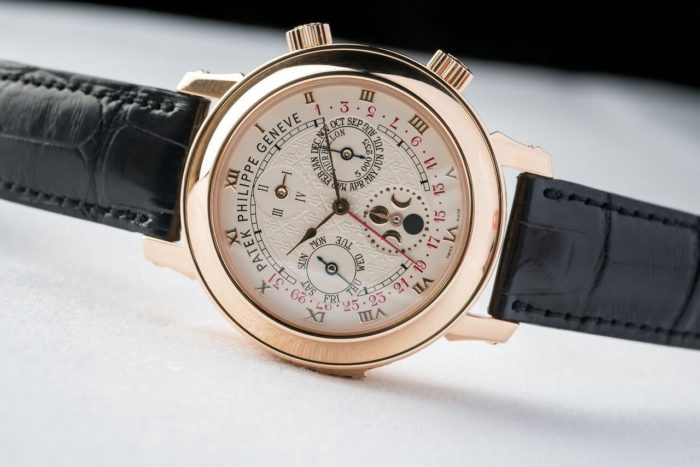
History of the perpetual calendar watch
[bctt tweet=?The oldest known perpetual calendar watch was a pocket watch made by Thomas Mudge in 1762. ? username=?luxurybazaar?]Mudge is best known for the invention of the detached lever escapement, which is considered one of his most celebrated inventions and greatest improvements to watches. It was not until over a decade later in 1889 when Patek Philippe filed a patent for a perpetual calendar watch mechanism. This mechanism provided immediate jumps in days, dates, months and lunar phases. It took another 40 years until the perpetual calendar watch was made into a wristwatch in 1925.

In 1929, Breguet designed the first wristwatch to hold a perpetual calendar movement created specifically for a wristwatch. Since then, watchmakers like Jaeger-LeCoultre continued to raise the bar with the invention of a rectangular perpetual calendar watch in 1937.
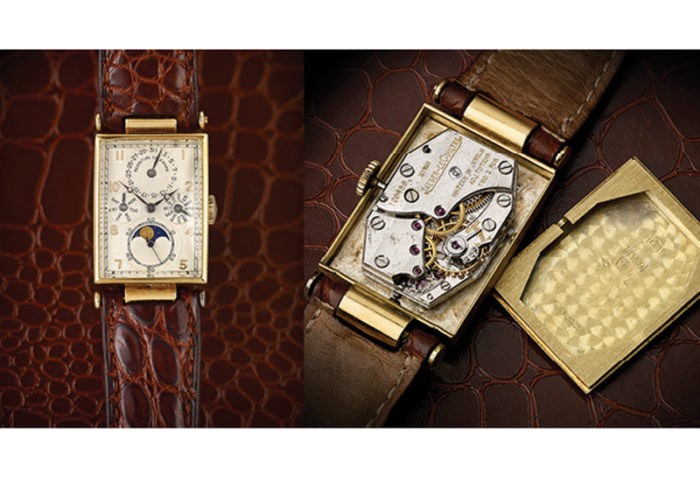
The classic designs of perpetual calendars are perfect for any watch enthusiasts collection. Many vintage perpetuals have sold through Christie?s Auction House in recent years as the popularity of these watches shows no sign of slowing down. The complexities of the watch give those looking for an over the top look the perfect watch. There are also understated designs which hide the complex inner workings behind a clean stylish face.
